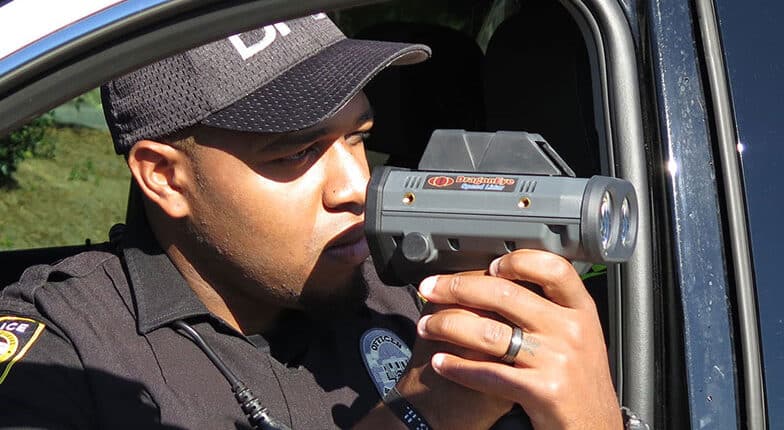Radar technology is commonly used in ships, military vehicles, and commercial aircraft. Another area where it’s quite useful is in devices such as radar detectors.
Police and patrol vehicles use radar guns to detect the speed of passing vehicles and pull over any that are over the permitted speed limit.
A radar detector, used in vehicles, picks up on nearby radar guns and alerts you that your speed is being monitored. This gives you an opportunity to slow down at the right time and not accedently go over the speed limit.
While this may seem like a dirty trick, many states actually allow the usage of radar detectors since they bring down the number of speeding cases and the number of road accidents as a result.
However, some states deem these electronic devices as distractions, as well as a source of encouragement to speed, as they give the driver a false sense of security.
This brings us to the main question: What does the law in South Dakota say about radar detectors? Are radar detectors legal in South Dakota? Find the answer in this article.
Relevant Restrictions
As per the South Dakota Department of Public Safety, radar detectors are perfectly legal in the state, provided certain conditions are followed.
South Dakota’s radar detector laws dictate the following guidelines for mounting and using radar detectors in vehicles.
Windshield Mounting

States such as California, Pennsylvania, New Jersey, and Florida ban the use of windshield-mounted radar detectors as they’re deemed a safety hazard while driving.
These devices can obstruct the driver’s view or if mounted incorrectly, as they can detach and be a distraction for the driver.
South Dakota, however, allows radar detectors to be mounted on the windshield. Though there are no specific laws on how to mount it, make sure your detector is attached safely and firmly.
Private Owned vs Commercial Vehicles
Every state in the country bans the usage of radar detectors on commercially owned vehicles that exceed 10,000 lbs.
The ban helps prevent large vehicles from speeding, which could be especially dangerous if it’s carrying passengers or valuable goods.

However, radar detectors can be used in all private vehicles and all commercially owned vehicles that weigh below 10,000 lbs.
Driving in a Military Area
Radar devices are commonly used in military bases and facilities for a range of important purposes. Any interference with the functioning of these machines, from another radar device, is not just unsafe, but also illegal.
Therefore, radar detectors, visibly mounted or otherwise, are illegal on and around military grounds, bases, and facilities. These need to be removed beforehand, even if all you’re doing is driving by.
Will I Be Pulled Over for Using a Radar Detector?
You’ll be pulled over if you’re using a radar detector on a commercial vehicle weighing over 10,000 lbs, or if you’re speeding despite having a radar detector.
As long as you’re using your radar detector in a private vehicle and/or a commercially owned vehicle that’s below 10,000 lbs and are sticking to the permitted speed limit, you won’t be pulled over (for speeding at least).
As mentioned earlier, law enforcement uses radar guns to detect speed. The advancement in technology has also enabled the use of LiDAR. Unlike radar technology, LiDAR uses infrared light to monitor and detect speed levels and speeding vehicles. The usage of infrared light prevents LiDAR devices from being picked up by radar detectors.
Therefore, always stick to the speed limit; if a radar gun from a law enforcement vehicle doesn’t show up on your detector, it could be because of the use of LiDar and not necessarily because there are no authorities around.
State of South Dakota Info

Home to the famous Mount Rushmore, South Dakota is situated in the North Central part of the U.S.
Named after the native American Indian tribes, Lakota and Dakota Sioux, South Dakota is the 5th least populated state in the country.
Part of the Dakota Territory in the past, South Dakota, became a U.S. state on 2 November 1889, along with North Dakota.
Population: 202,600
Capital: Pierre
Registered vehicles: 1,294,282
Total lane miles: 166,635
Number of highways: 4

